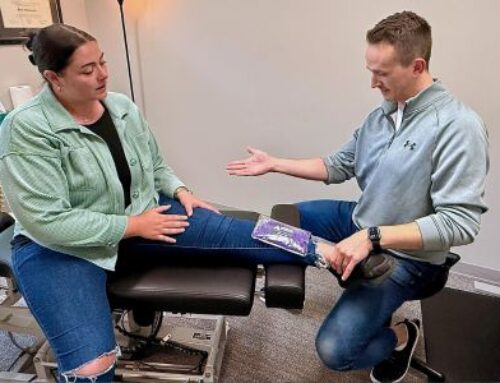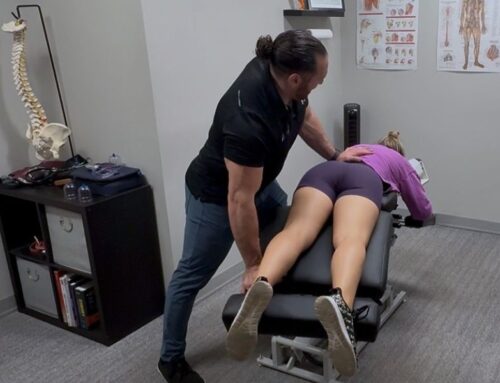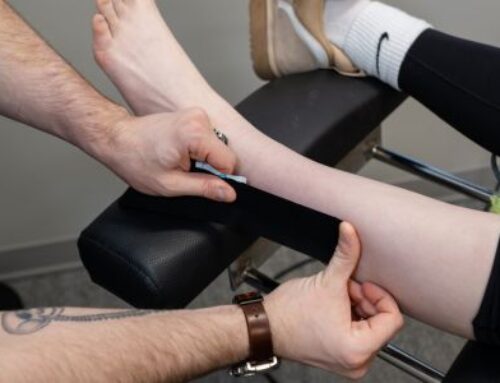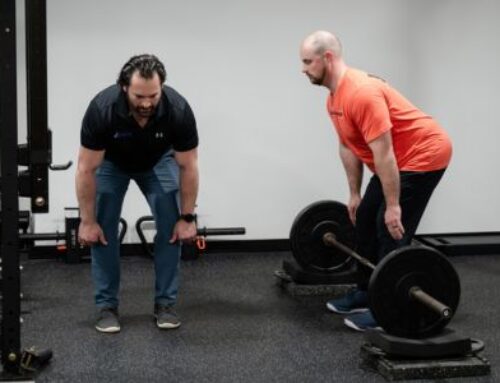Why Sleeping Position Matters
How you sleep impacts more than just how rested you feel. It also affects how your spine and joints recover overnight and plays an important role in neck and back discomfort. Sleep position is something I often discuss during an initial visit because understanding how you sleep gives important insight into joint stress. Many share concerns about waking up stiff or sore, highlighting how critical sleep posture is for overall comfort and pain management.
Research supports this as well. A 2019 review published in BMJ Open identified sleep posture as a modifiable factor that can influence neck and back pain, and that adopting better positions may reduce discomfort.
When the body is twisted or unsupported during sleep, muscles and joints can remain tense, contributing to morning stiffness, shoulder tightness, hip discomfort, or even numbness.
Optimizing your sleep position can help reduce these stresses and promote more comfortable, restorative sleep.
Side Sleeping: Often the Most Comfortable Choice
Sleeping on your side is often recommended because it helps take pressure off your back and hips.
Research, including studies published in Applied Ergonomics, shows that placing a pillow between your knees can reduce twisting in the hips and lower back, helping keep your body in a more relaxed position throughout the night.
Another helpful strategy is hugging a pillow in front of your body. This supports the upper arm and shoulder, reducing strain and preventing your shoulder from rolling forward or collapsing. Hugging a pillow can also help keep your chest and shoulders more open, which may ease tension in the upper back and neck.
Side sleeping may also improve breathing and reduce snoring, contributing to better overall sleep quality.
Back Sleeping: Even Weight Distribution and Support
Sleeping on your back allows for an even distribution of body weight, which can help reduce pressure points on the hips and shoulders.
Using a small pillow or rolled towel under your knees can ease stress on the lower back. A thinner or contoured pillow that supports the natural curve of the neck is generally best to avoid neck strain.
However, back sleeping may not be ideal for everyone. Those with snoring or sleep apnea might find this position worsens symptoms.
Stomach Sleeping: Less Recommended
Sleeping on your stomach tends to increase strain on the neck and lower back. Turning your head to one side places stress on the cervical spine, and the position can also cause the lower back to arch excessively.
If you prefer stomach sleeping, consider using a very thin pillow or no pillow at all under your head, and placing a thin pillow under the hips to help reduce lumbar strain.
For help easing muscle tension that can develop from poor sleeping positions,you might find our massage therapy services helpful.
Pillows and Mattresses Matter Too
Your pillow should support your head and neck in a comfortable, neutral position. Side sleepers generally need a medium-firm pillow that fills the space between the shoulder and head. Back sleepers do better with a thinner pillow that maintains neck curvature without pushing the head forward. Stomach sleepers should opt for the thinnest pillows or none at all to minimize strain.
Research shows that a medium-firm mattress often provides the best balance of support and comfort for people experiencing back pain. Mattresses that are too soft may cause excessive sinking and joint stress, while very firm mattresses may create pressure points.
Additional Tips to Improve Sleep and Reduce Muscle Stiffness
Besides improving sleep position, magnesium glycinate, a well absorbed and gentle form of magnesium, may help promote relaxation and better sleep. Research shows it can also reduce muscle stiffness and cramps, supporting more comfortable rest. Taking magnesium glycinate at night with your healthcare provider’s guidance can be a helpful addition to managing pain and improving sleep quality.
Infrared sauna sessions can also support better sleep and reduce muscle tension. Gentle heat promotes circulation, helps muscles relax, and can encourage a calming, parasympathetic response in the nervous system that prepares the body for restful sleep. Including infrared sauna therapy in your wellness routine may be another useful strategy for easing discomfort and improving sleep quality.
Ready to Improve Your Sleep and Reduce Pain?
If you’re still waking up stiff or sore despite trying different sleeping positions or pillows, I’m here to help. Together, we can identify the factors contributing to your discomfort and create a personalized plan to improve your sleep ergonomics and support your recovery.
Schedule an appointment and take the first step toward more comfortable nights and pain-free mornings.





